Photography can be Virtual
In 3D computer graphics, ray tracing is a rendering technique that can realistically simulate the lighting of a scene and its objects by rendering physically accurate reflections, refractions, shadows, and indirect lighting.
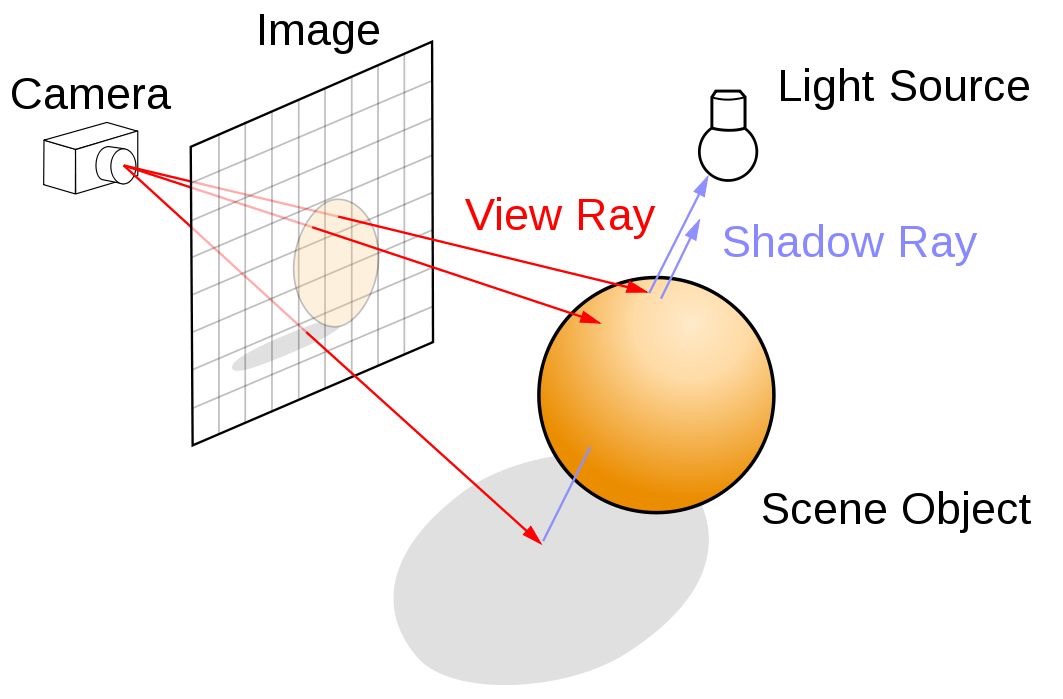 Ray tracing is capable of simulating a variety of optical effects, such as reflection, refraction, soft shadows, scattering, depth of field, motion blur, caustics, ambient occlusion and dispersion phenomena (such as chromatic aberration).
Ray tracing is capable of simulating a variety of optical effects, such as reflection, refraction, soft shadows, scattering, depth of field, motion blur, caustics, ambient occlusion and dispersion phenomena (such as chromatic aberration).
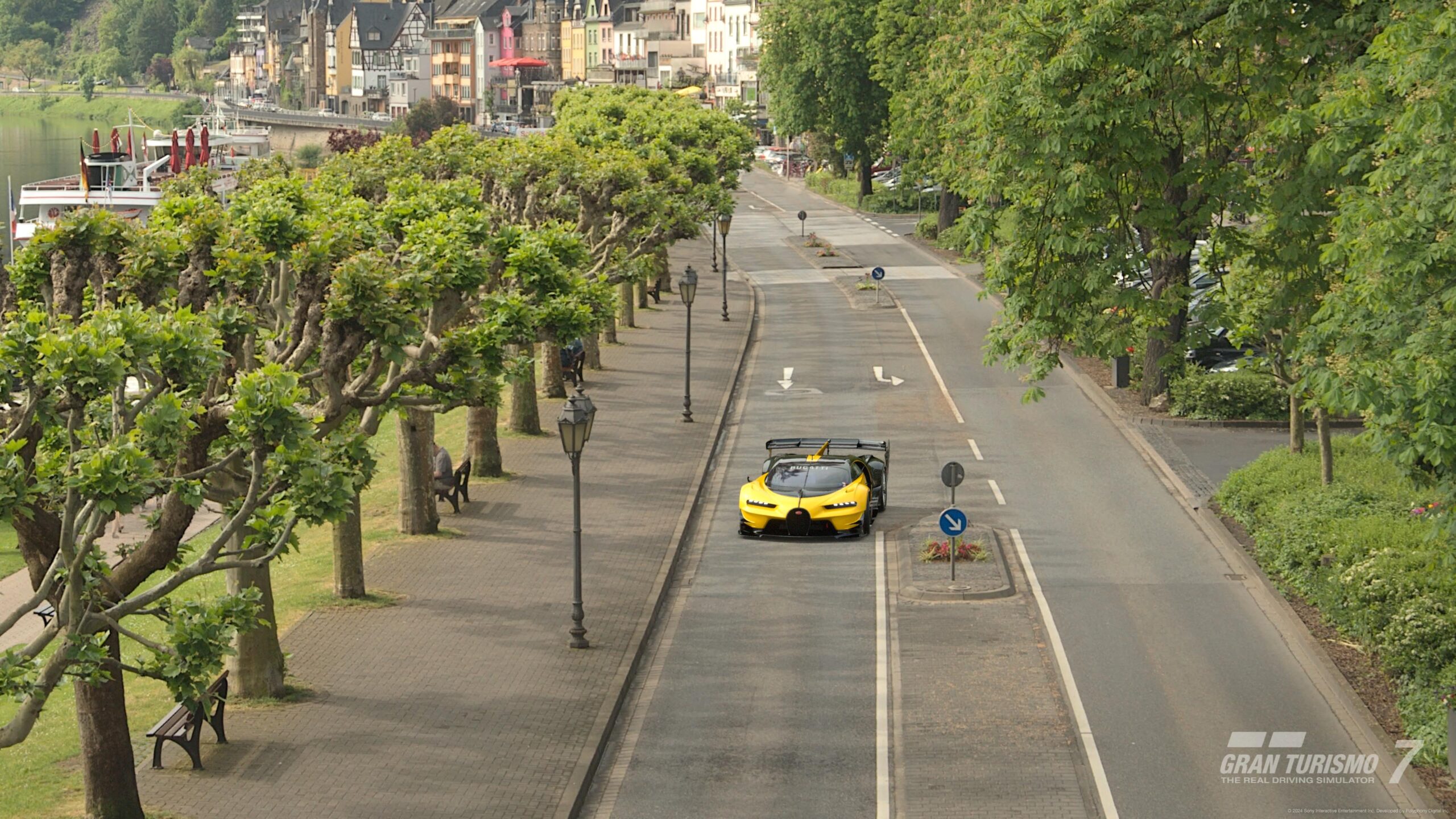
For those who need to believe ‘proper’ photography has to relate to pre-digital techniques, the idea of ray tracing comes from as early as the 16th century when it was described by Albrecht Dürer, who is credited for its invention. [source: wikipedia]
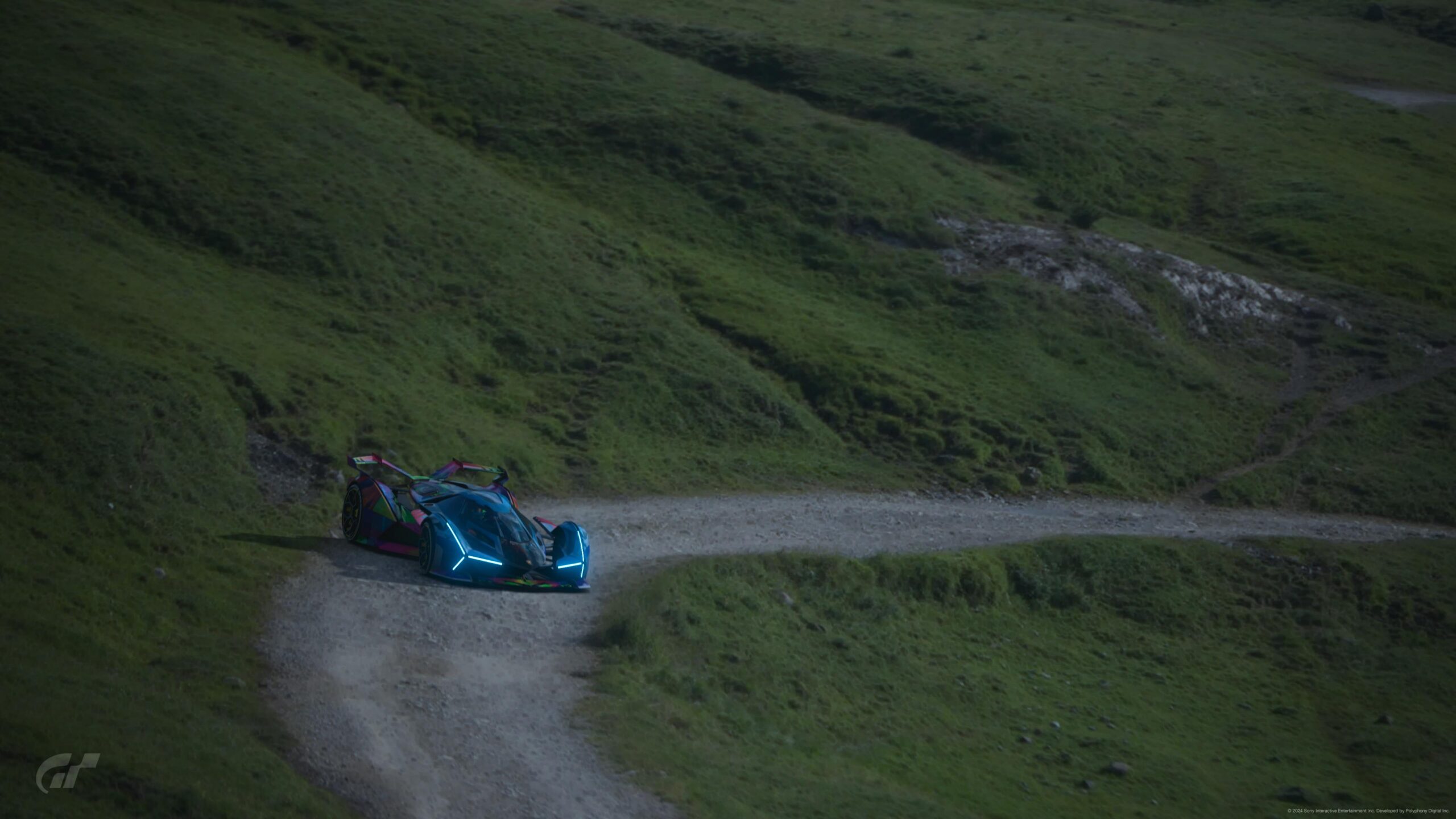
The use of ray-tracing and its growing involvement with digitally produced images is relevant to us all, as both commercial and non-commercial image makers embrace its widespread availability. As we head into the future it will perhaps become almost impossible to know what is real.
Many computer games now even give the user the option to pause gameplay and engage in virtual photography within their scene, with control over camera location, camera settings, lenses, motion blur, time of day, weather and lighting. Embedded in this post are 3 captures from the Playstation game Gran Turismo 7.
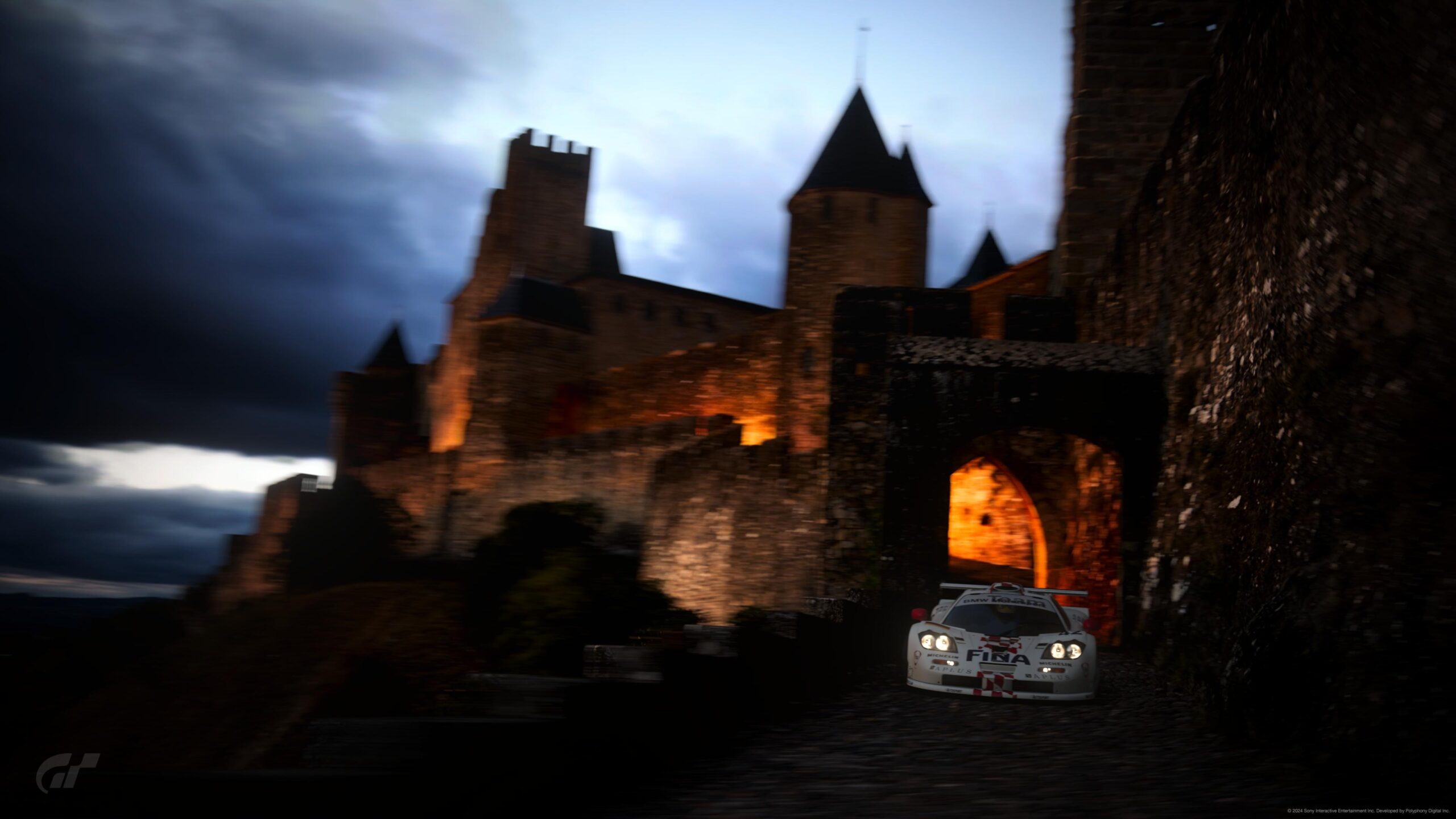
For anyone who wishes to know more, below is a Youtube video by Computerphile.

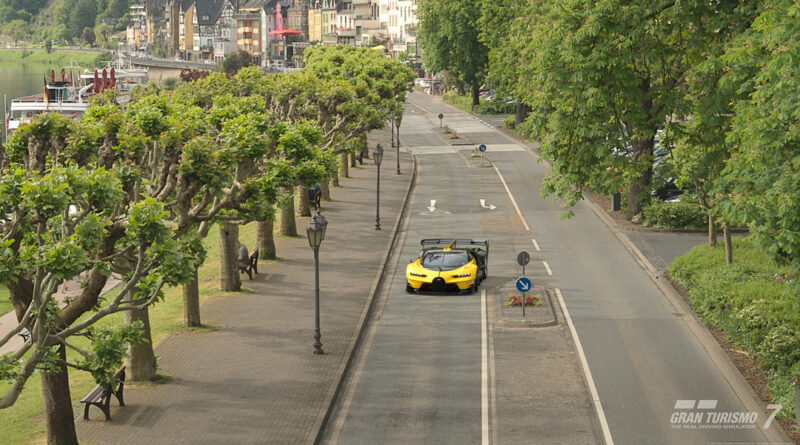
Well done David….This presents very good I will have a go myself at creating a Blog. Wow. Ray tracing is capable of simulating a variety of optical effects, such as reflection, refraction, soft shadows, scattering, depth of field, motion blur, caustics, ambient occlusion and dispersion phenomena (such as chromatic aberration). Just when I thought I was getting to grip with digital processing. A new can of worms.
Can it take about three stone off me!